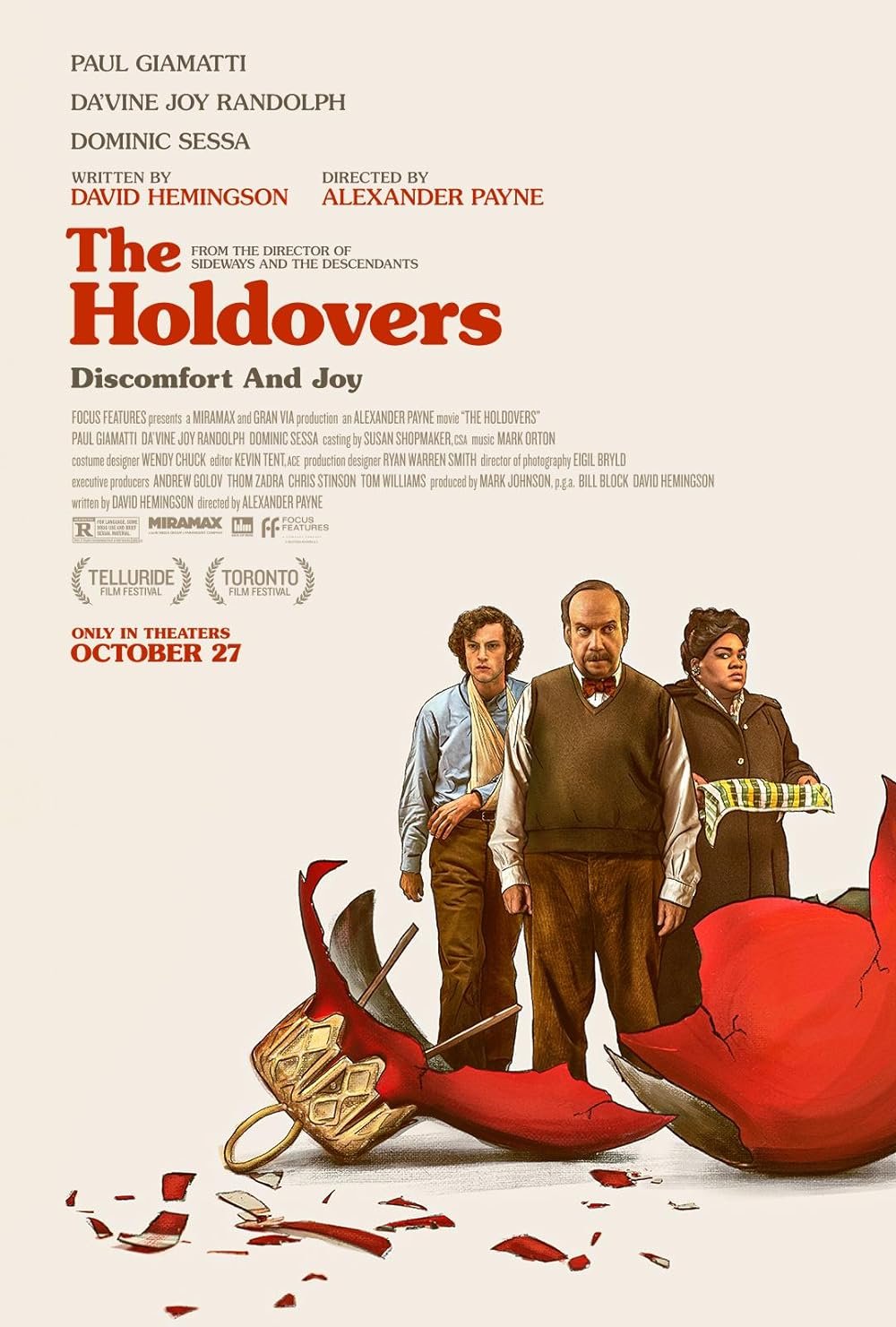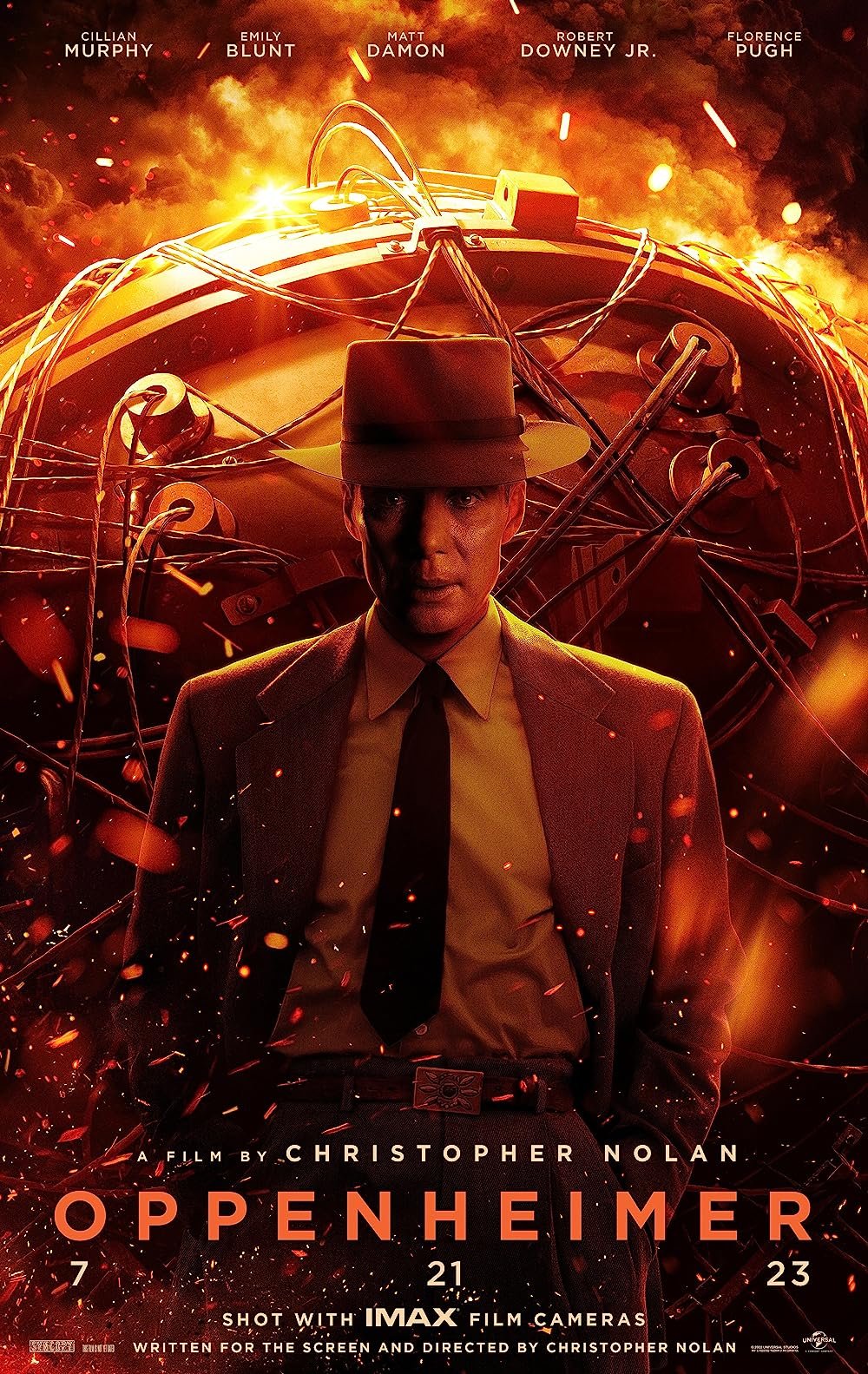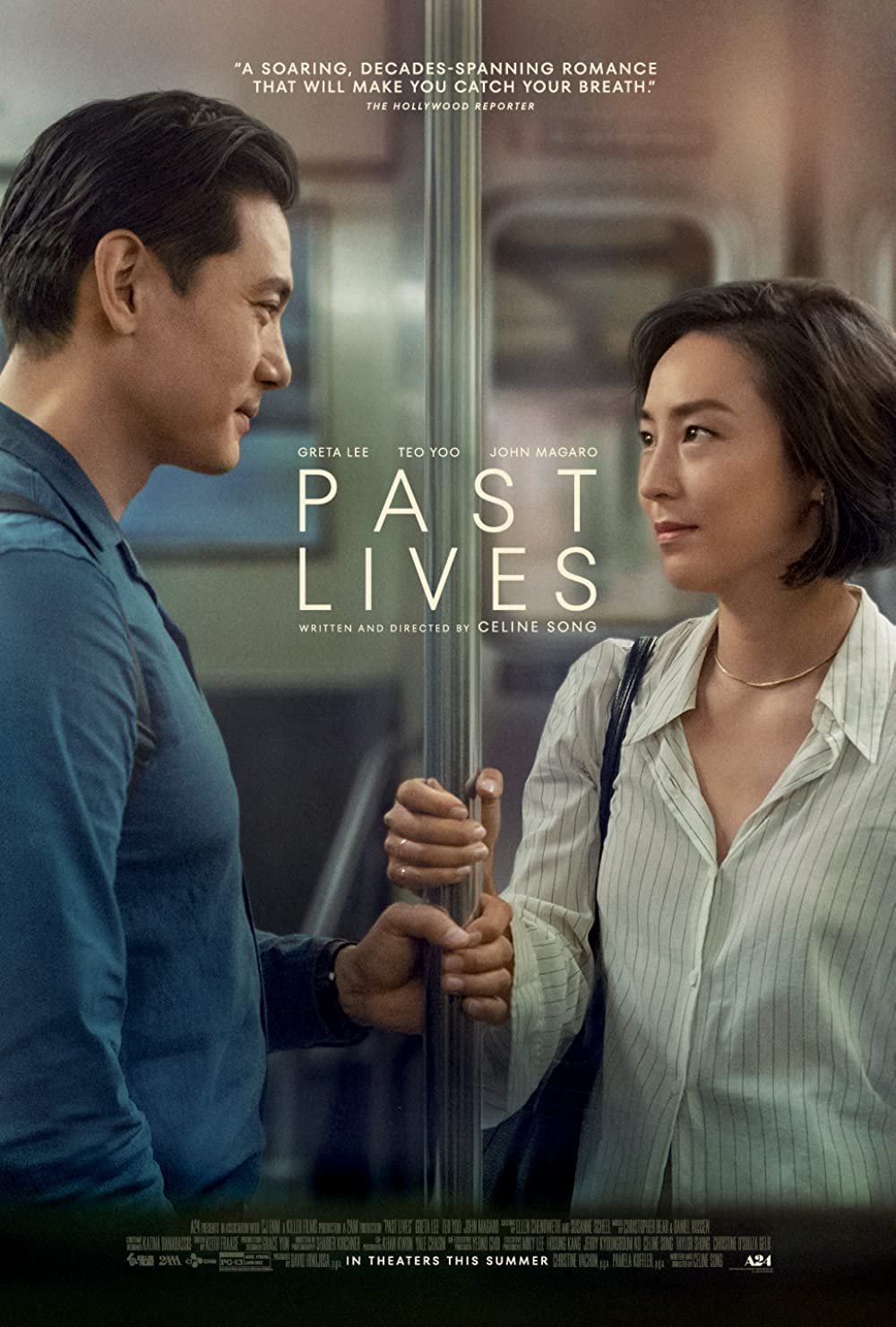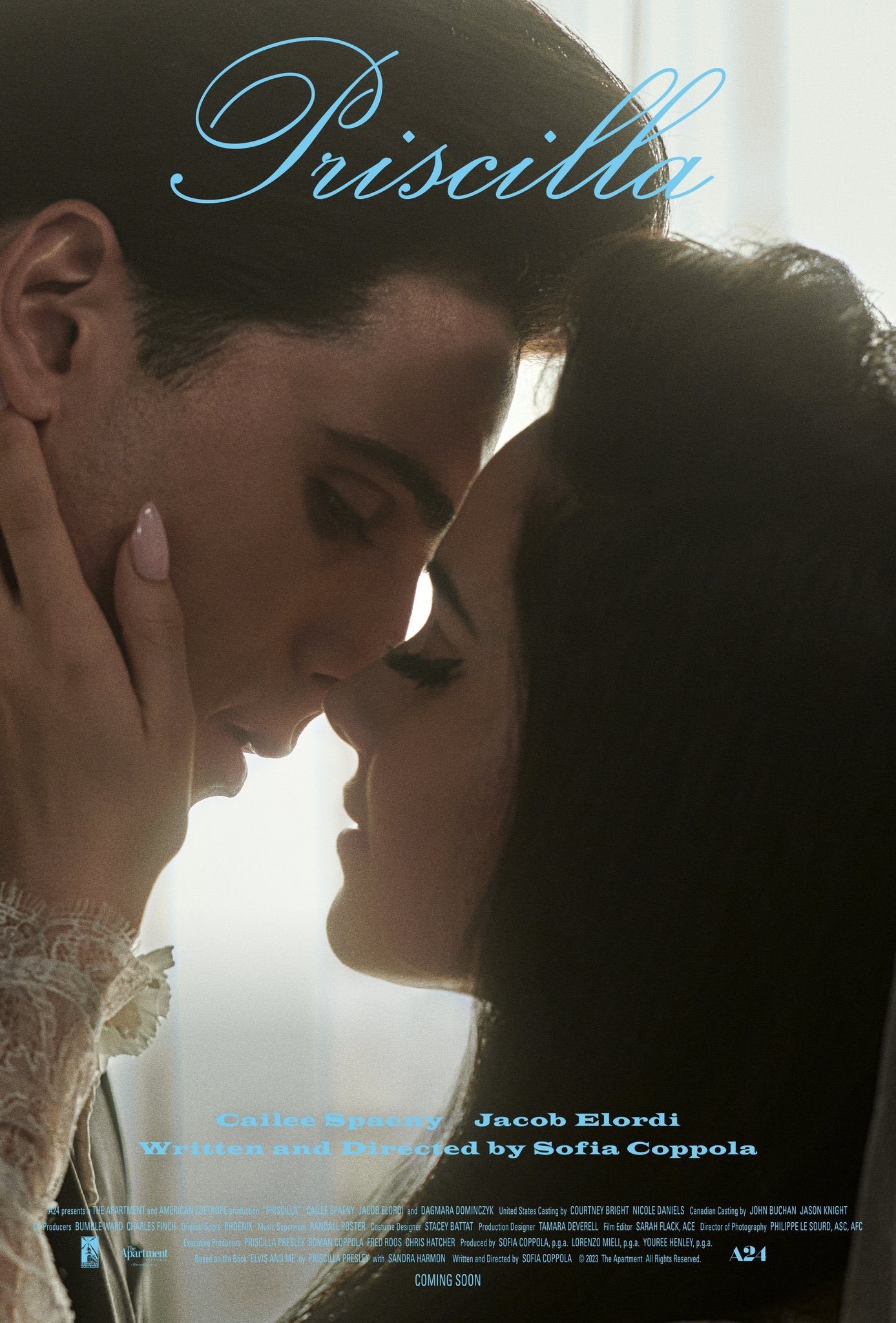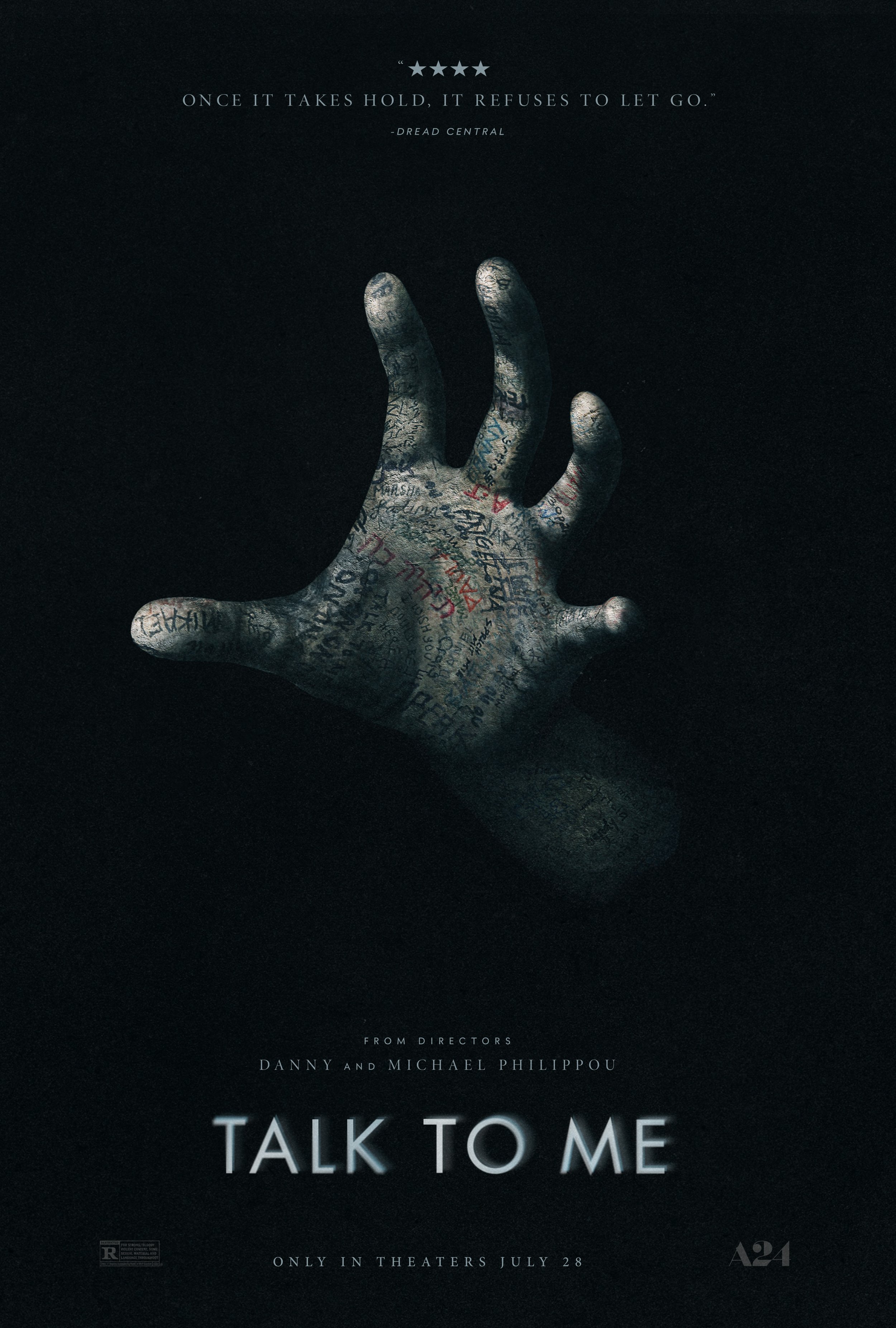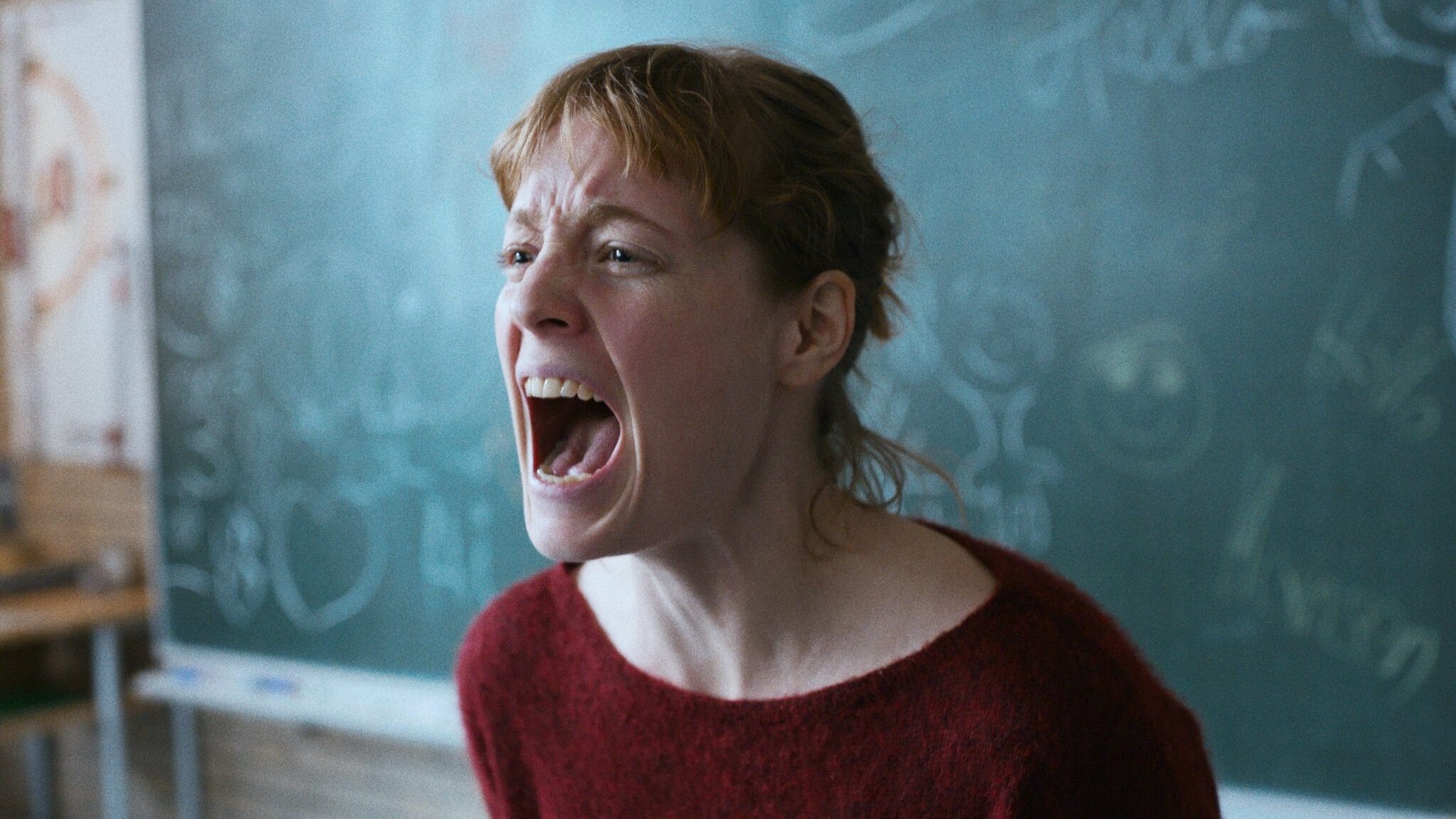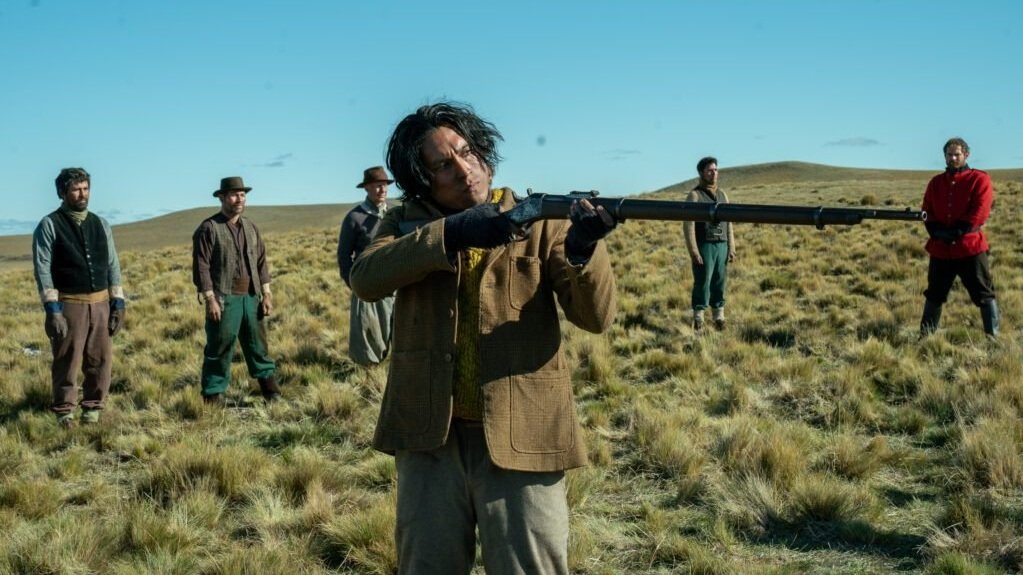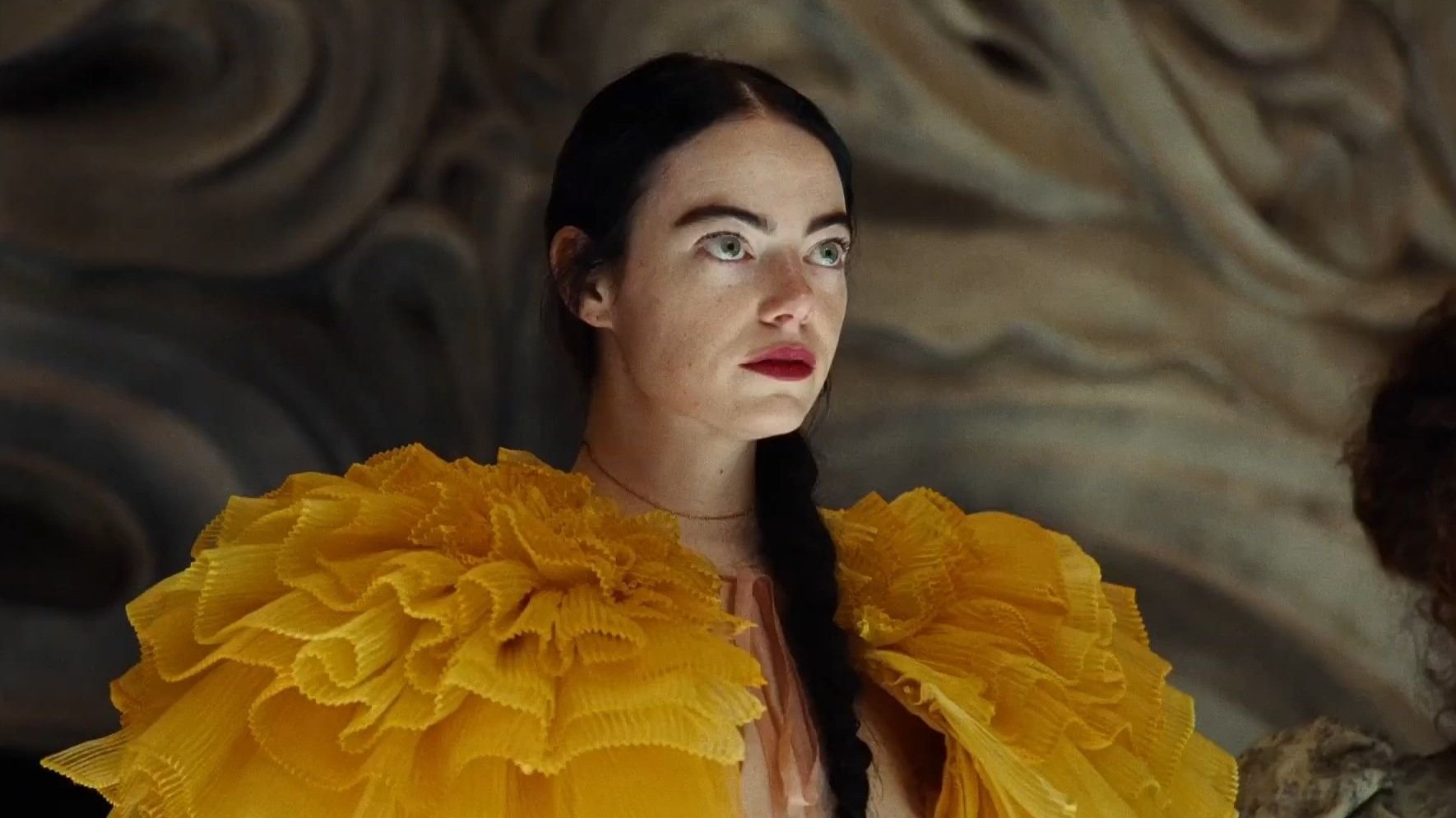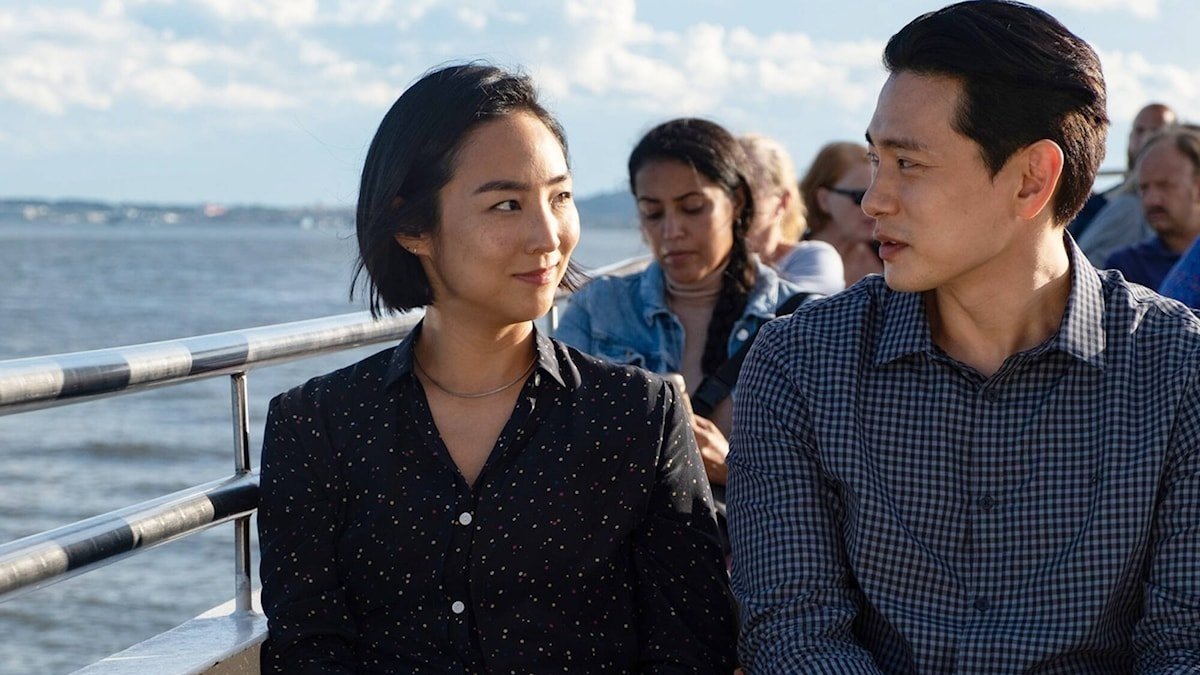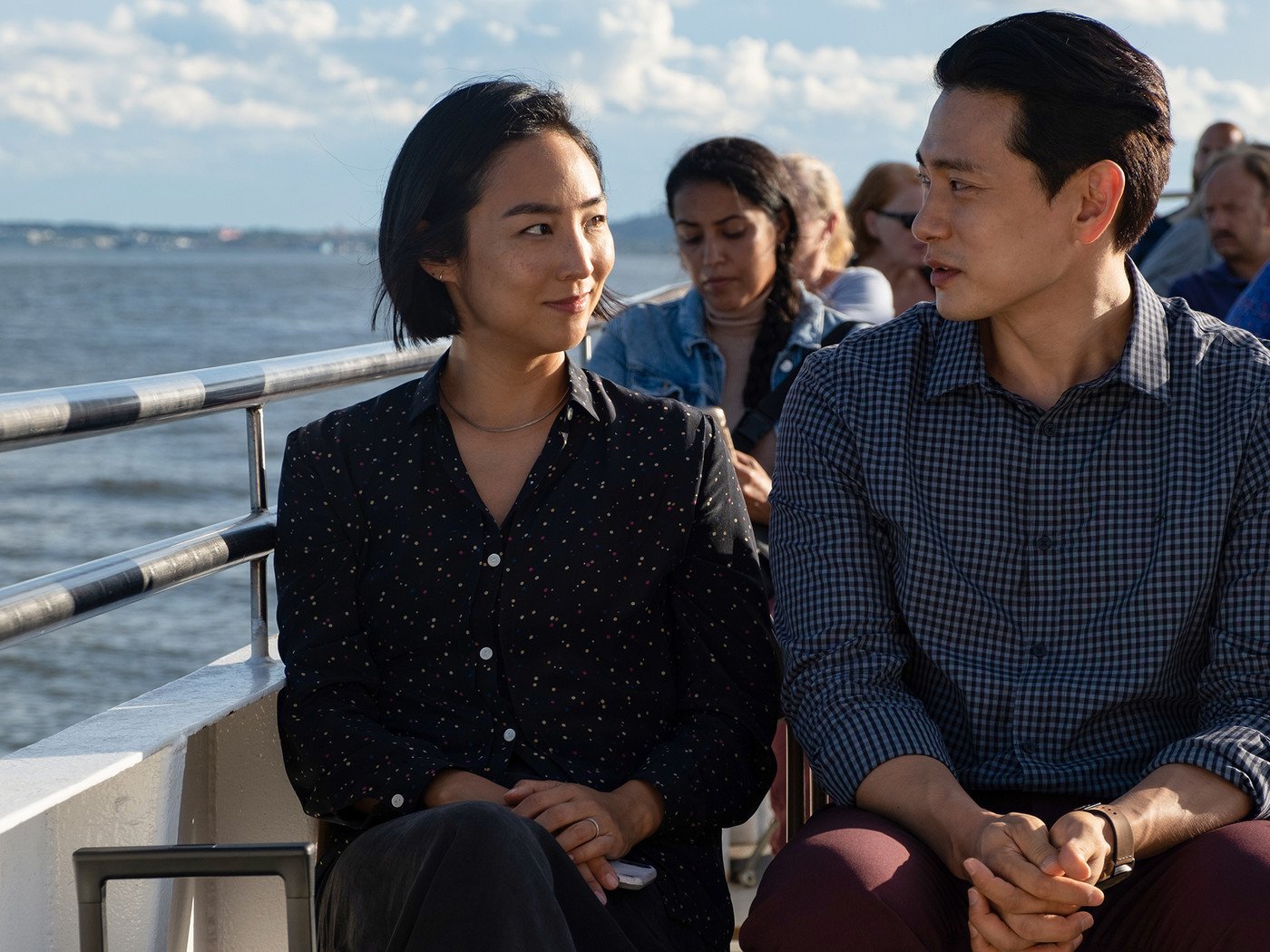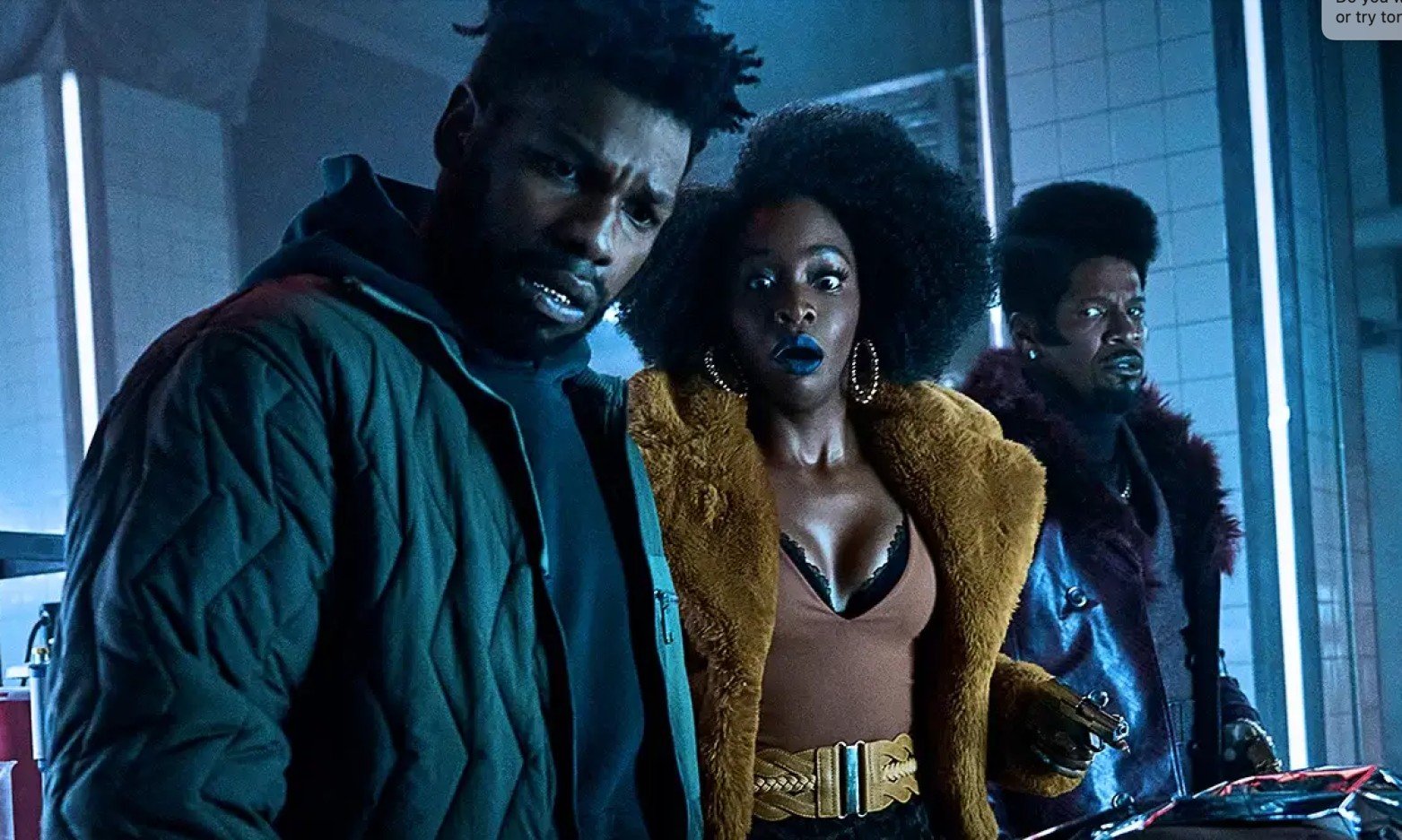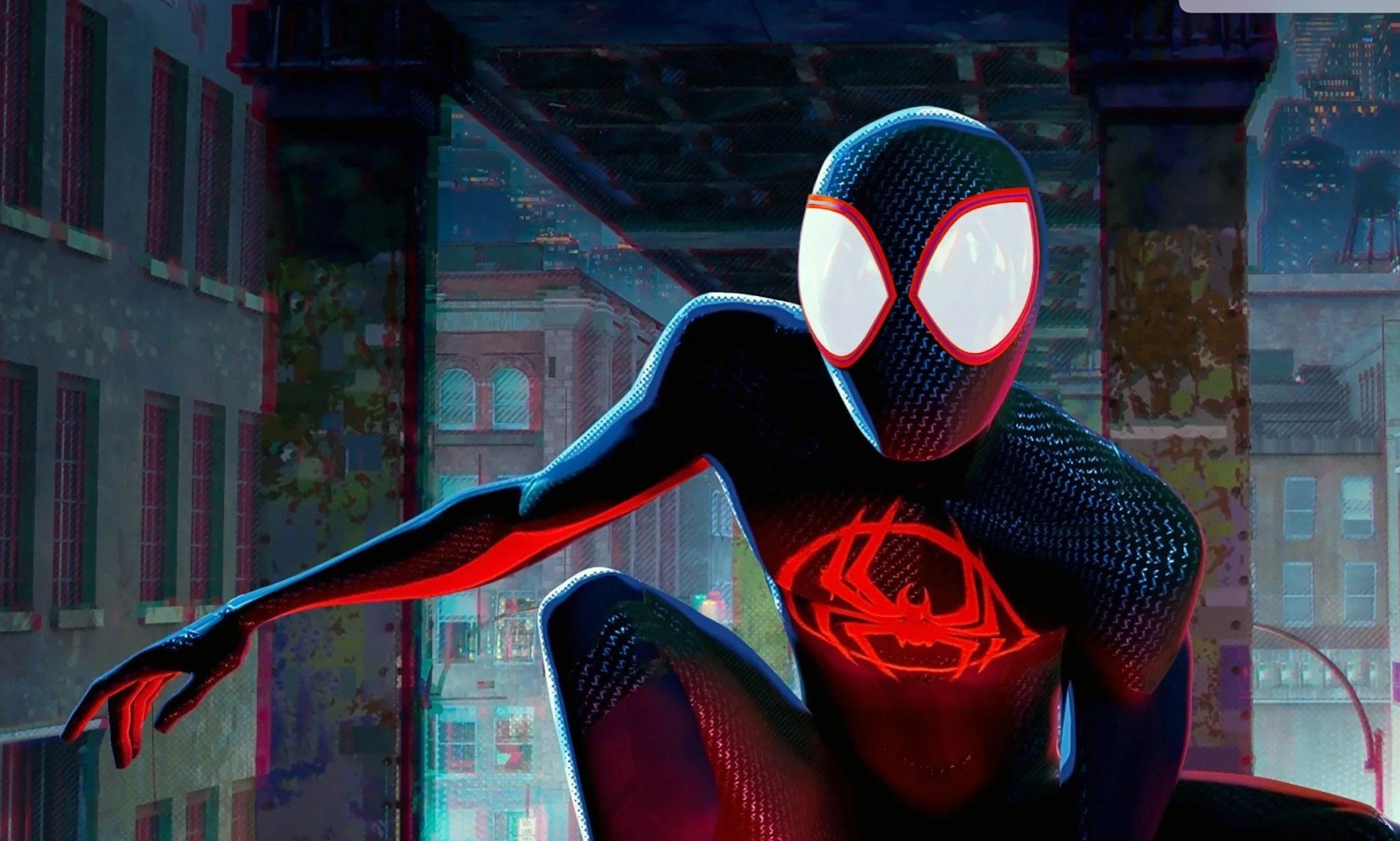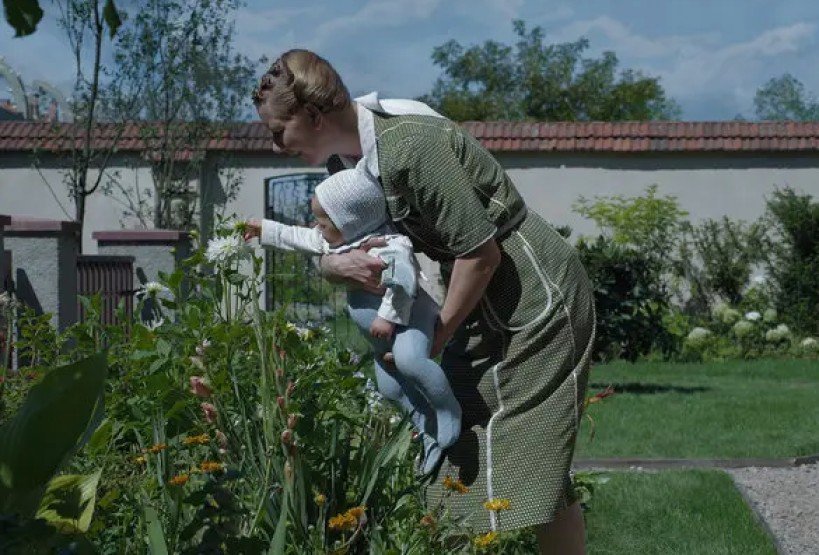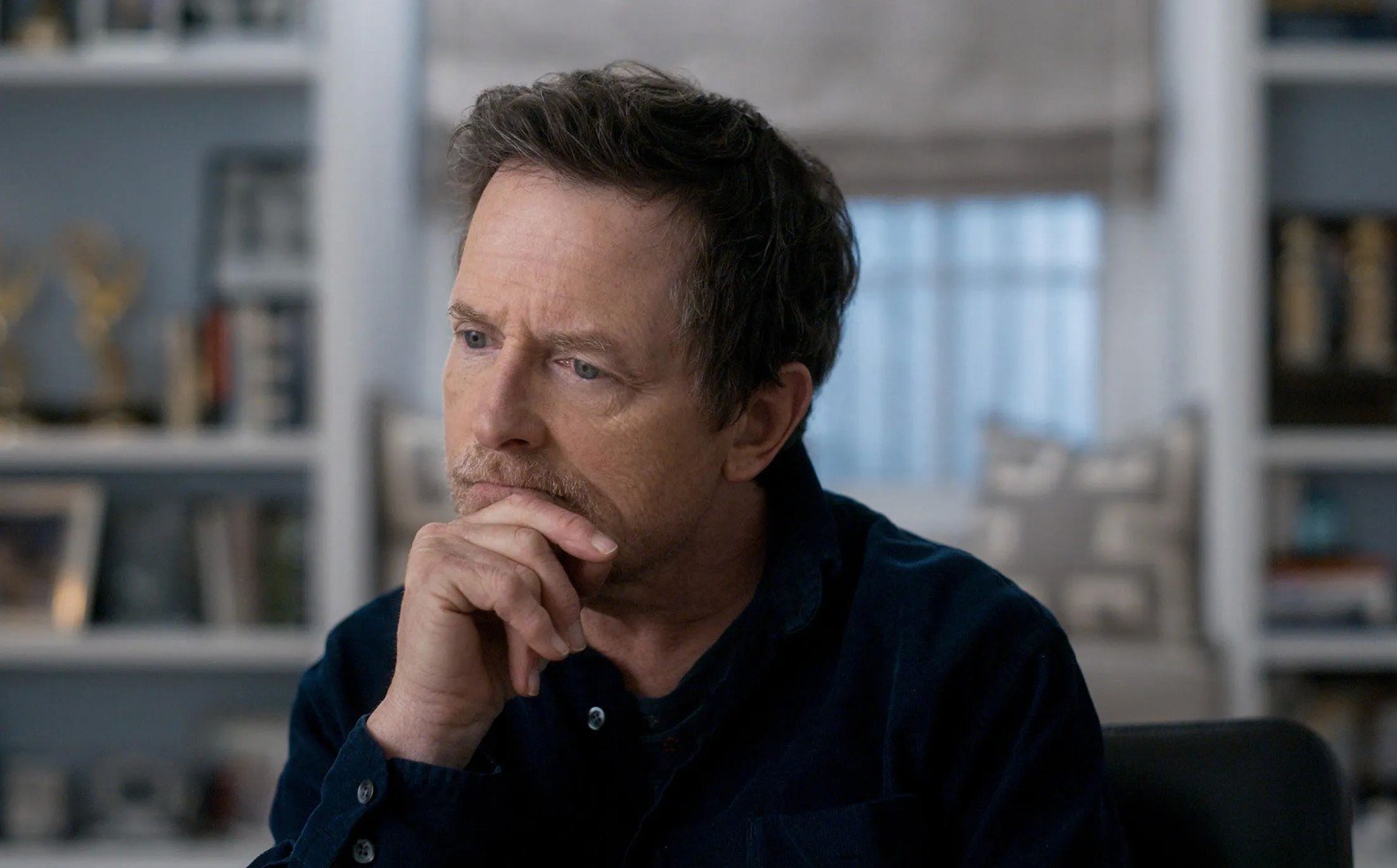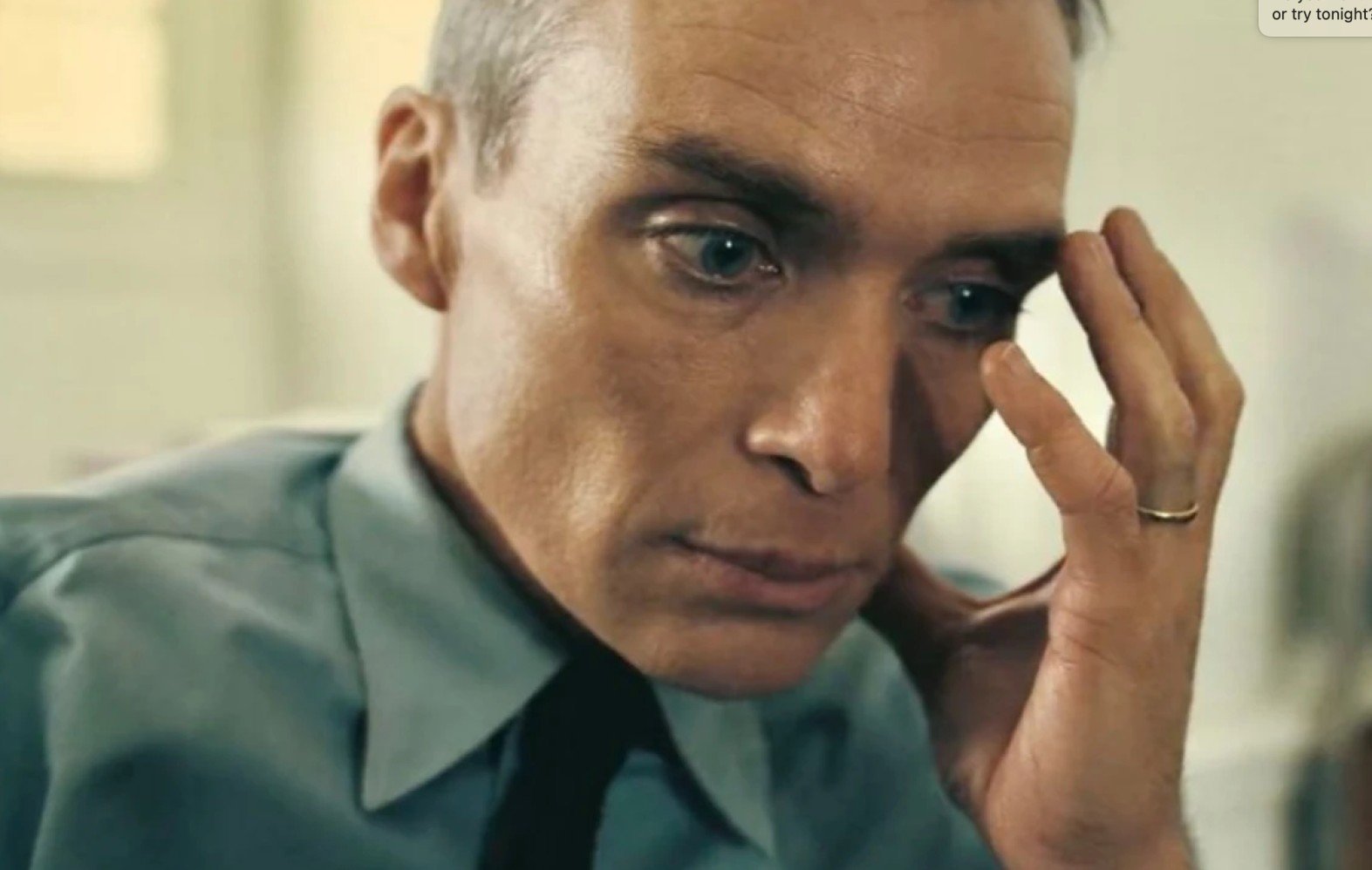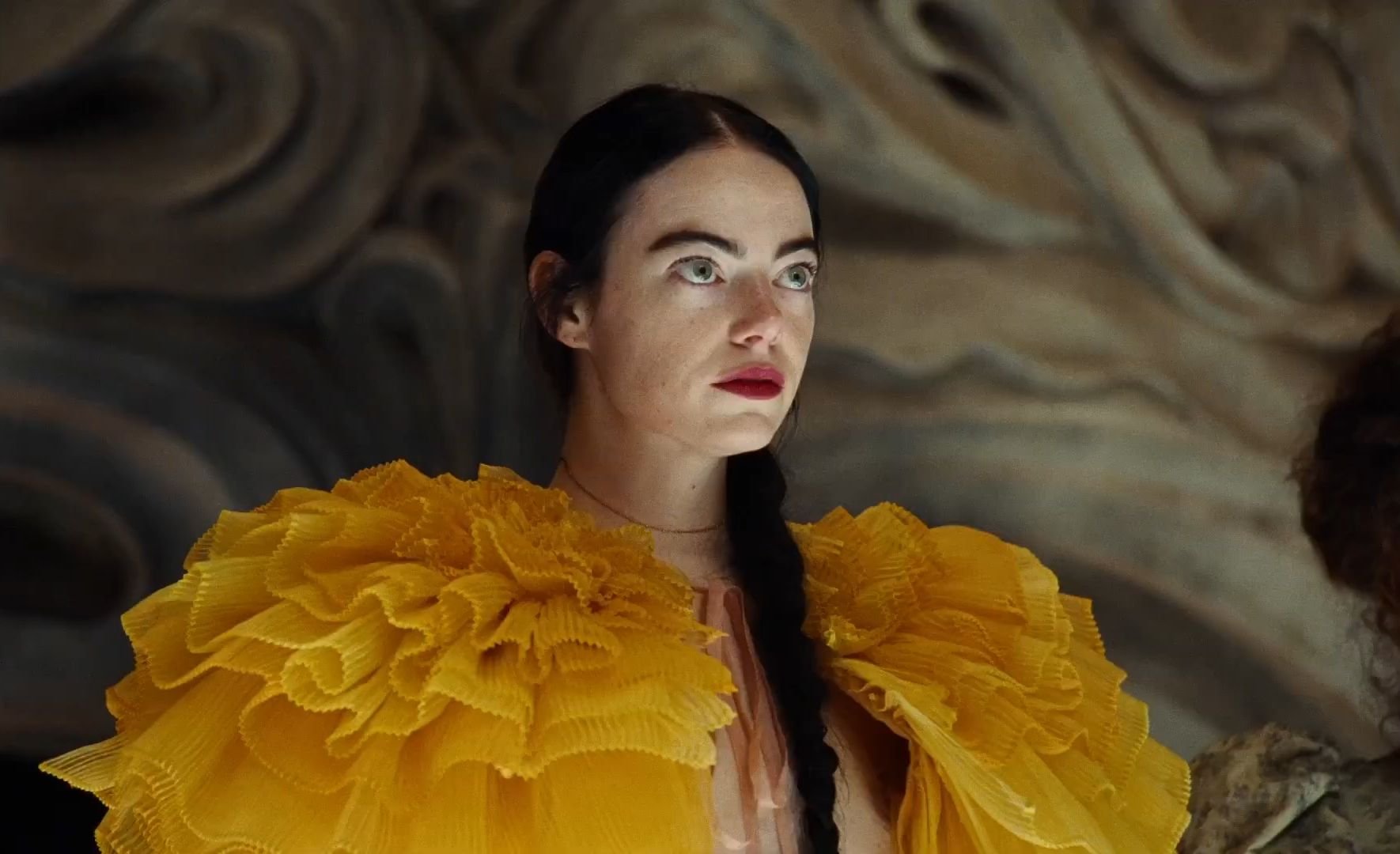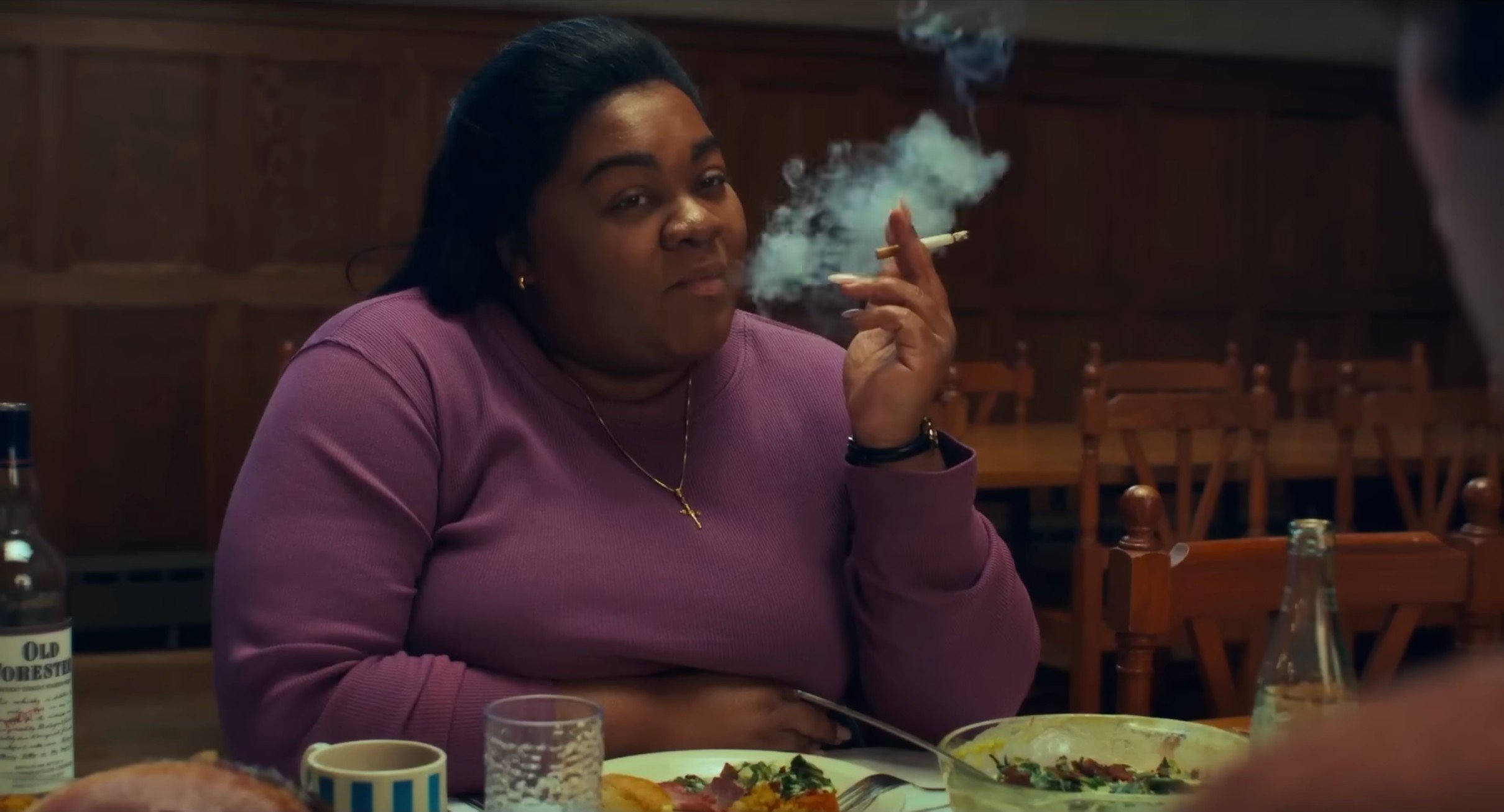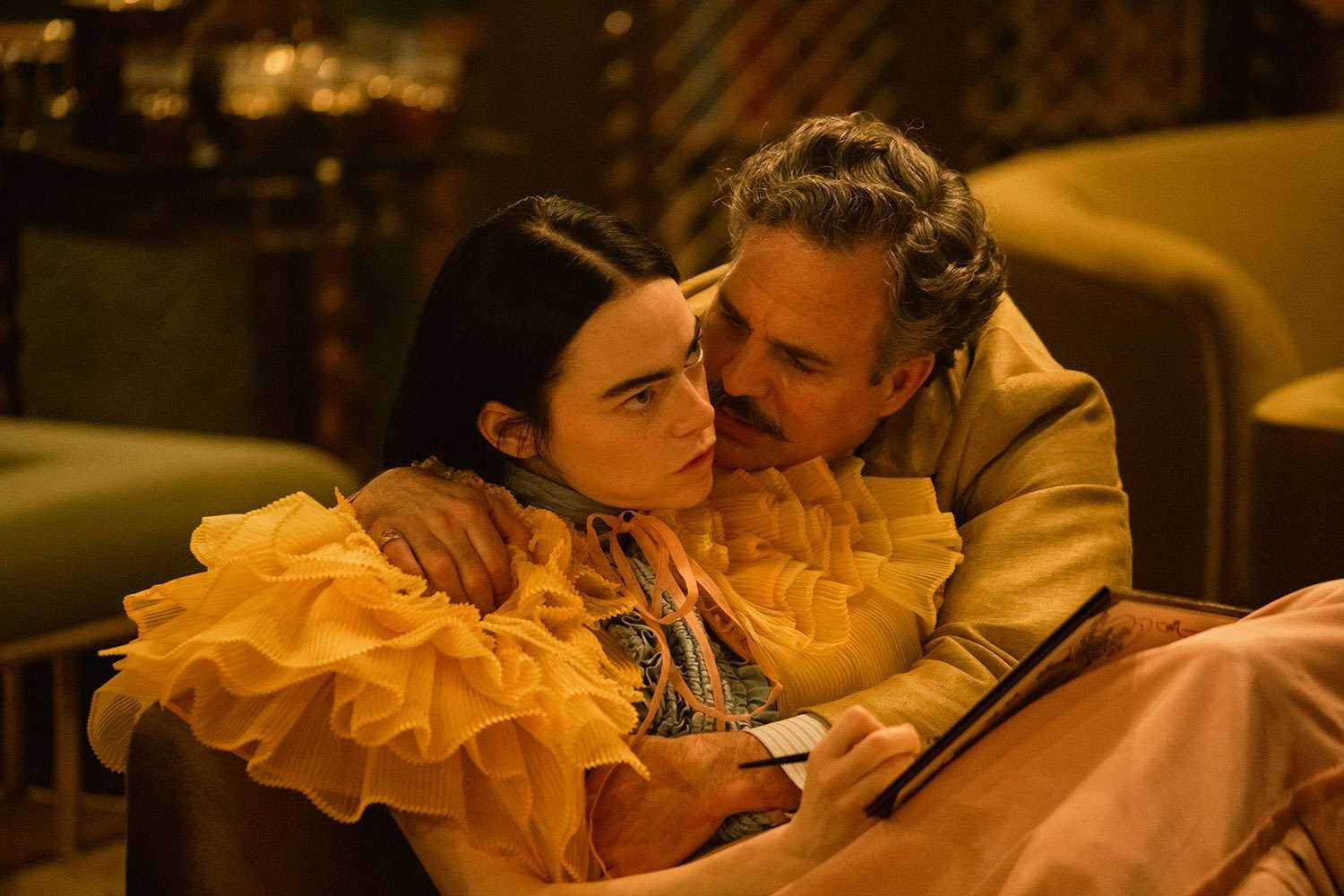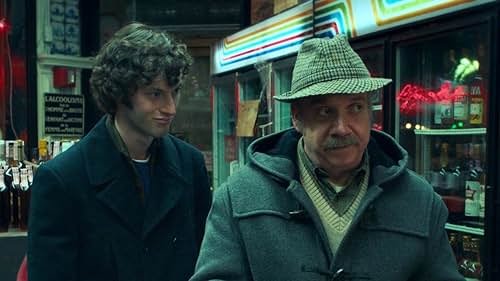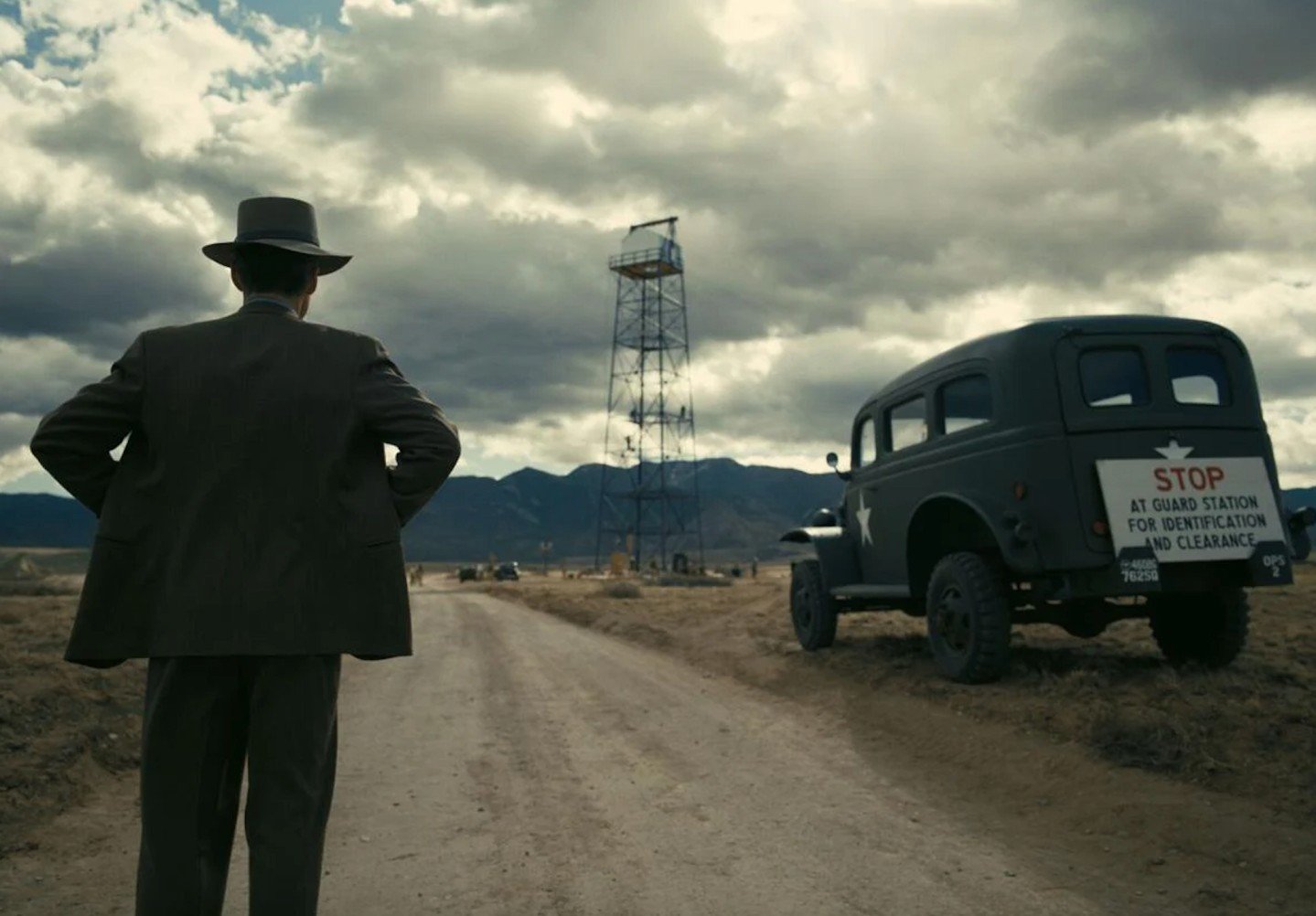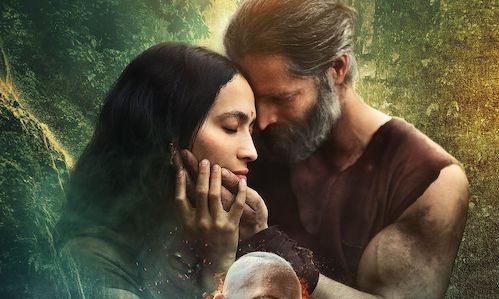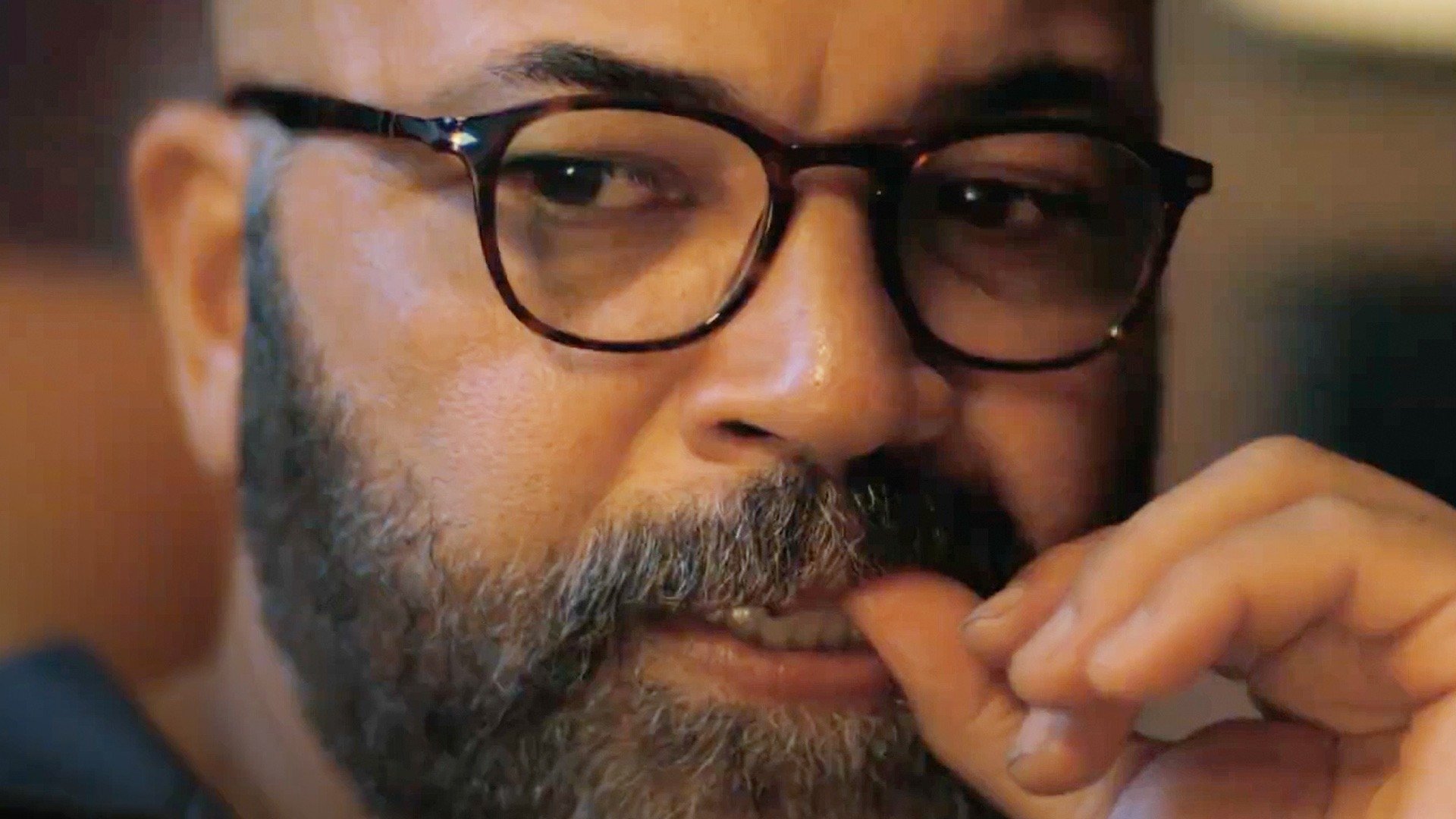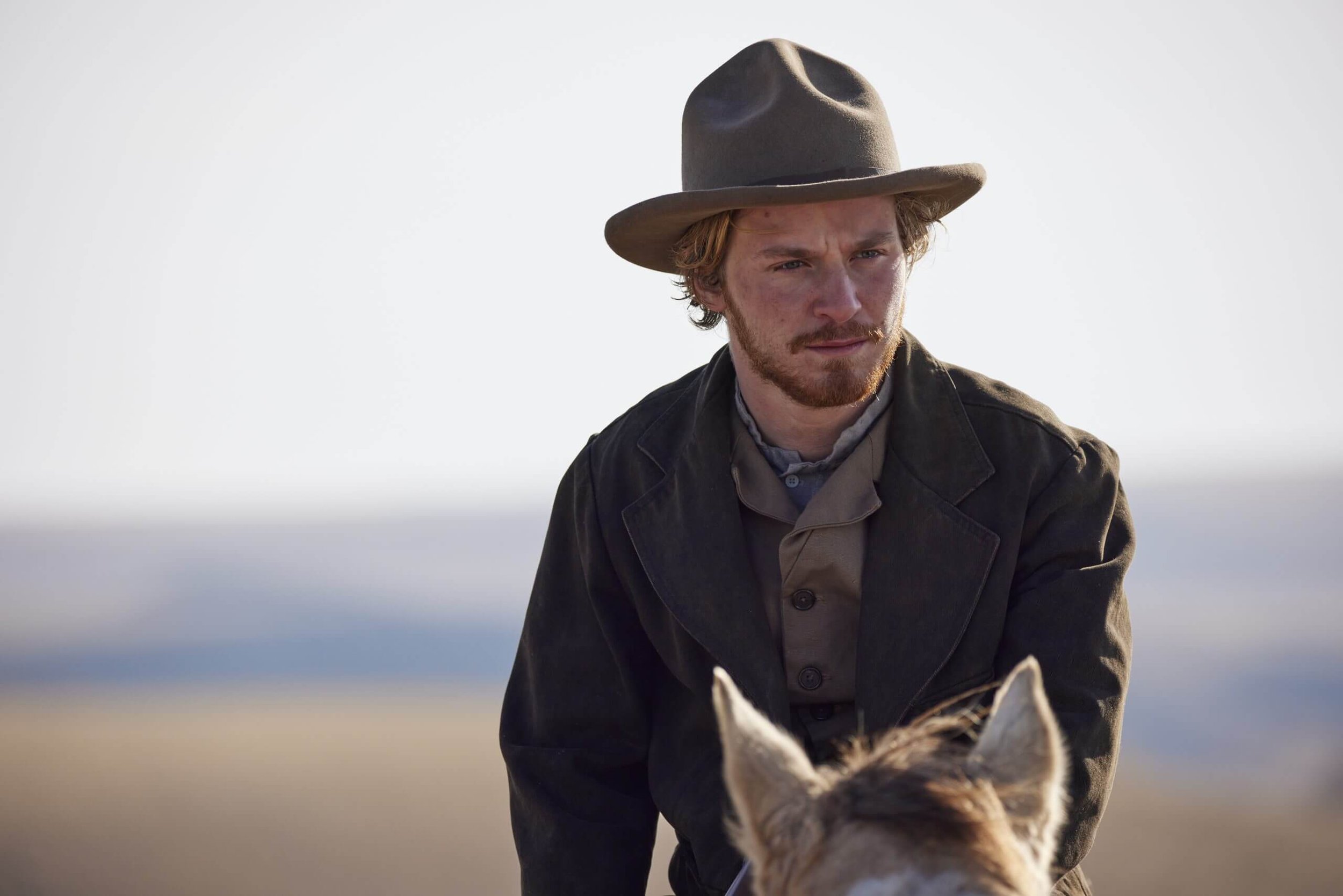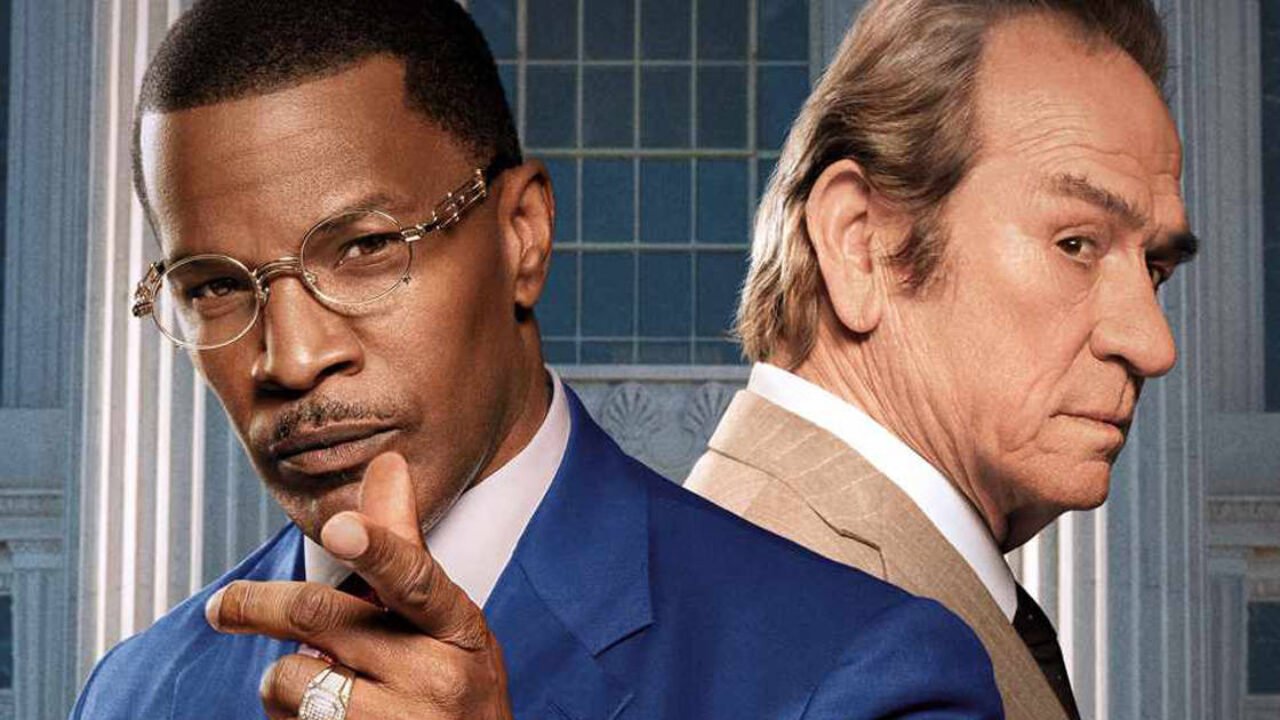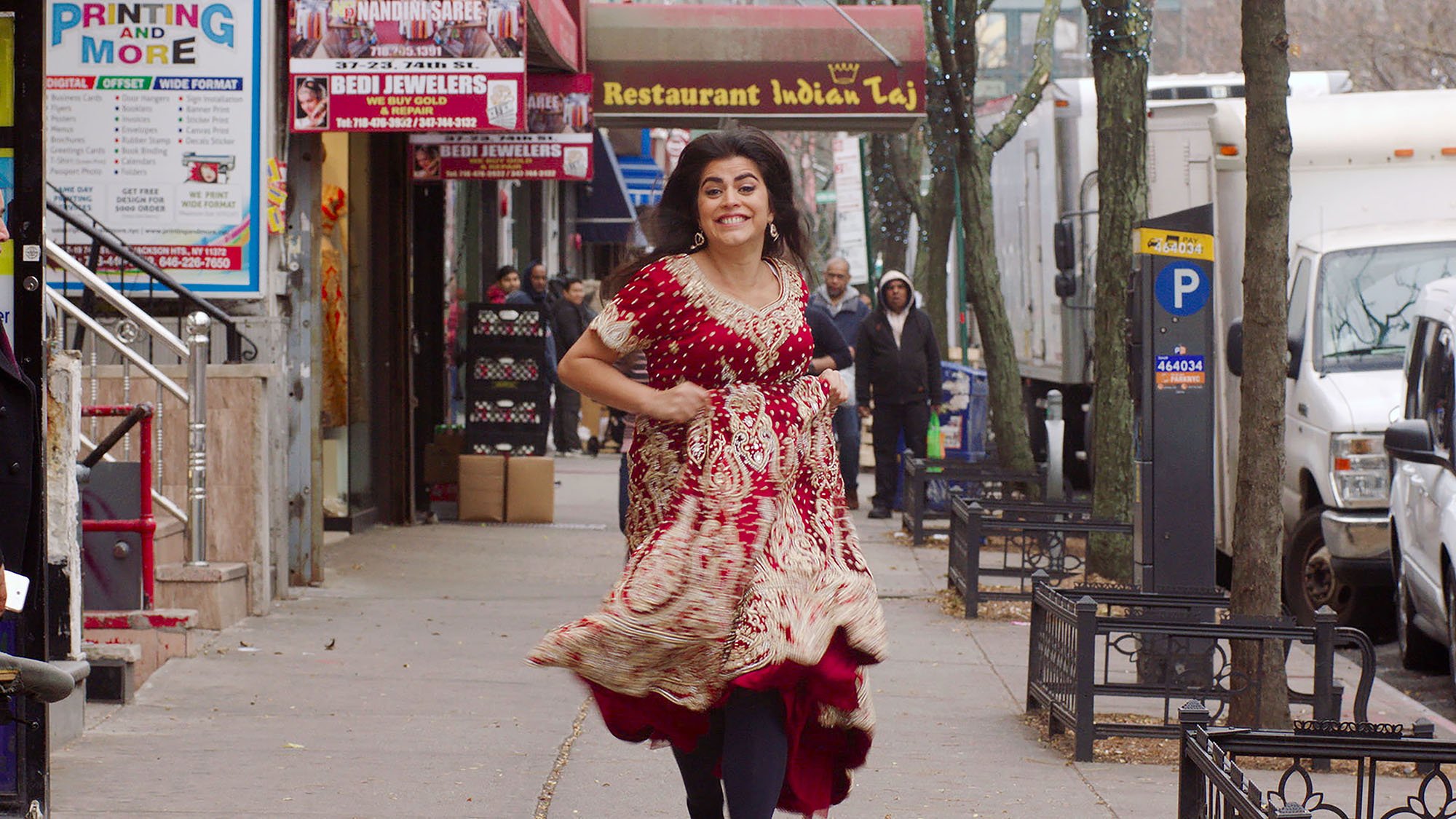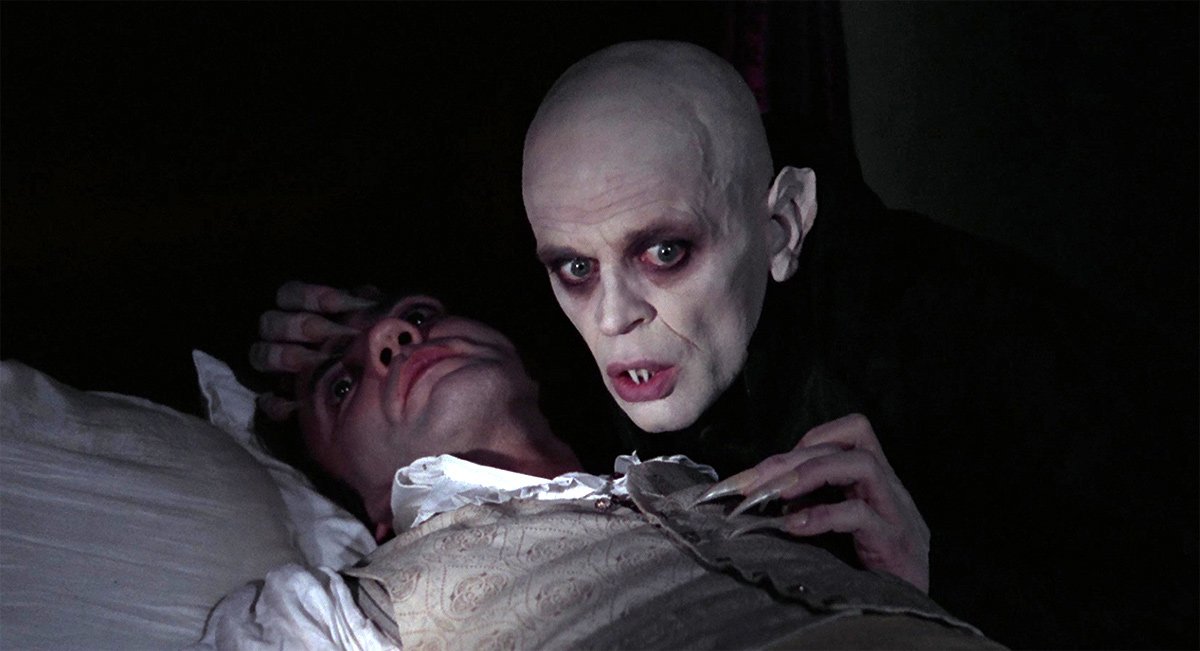Deeply moving love stories, artful social commentary critiques, sprawling historical epics, pop culture icons, and ingenious science fiction worlds…2023 was a fun year to be a movie fan. Here are my favorite films of 2023.
10. Barbie
"Barbie" is a silly yet sincere effort that creatively brings a witty and subversive story of changing times and shifting cultures to life. Director Greta Gerwig demonstrates a keen command of style and satire throughout the film, crafting a movie that surprisingly honors the legacy of the toy doll while also providing heartfelt and humorous meta-commentary concerning the negative and positive representations found throughout shifting cultural times. "Barbie" is a journey of self-discovery at its core, one that, in the expert care of Greta Gerwig, proves to be a joyous display of female strength and solidarity.
9. 20 Days in Mariupol
Over three devastating weeks, Ukrainian reporter Mstyslav Chernov documents the destruction of a city and the death of its people during wartime. The tenacity of the journalist documenting the invasion of Russian forces on Mariupol, which consistently comes with deep personal danger, is a testament to the power and risk of frontline journalism. The atrocities of war, the chaos, fear, and disregard for humanity are on unflinching display through this pieced-together firsthand account. "20 Days in Mariupol" is a painful yet powerful film.
8. The Holdovers
"The Holdovers" takes place in the 1970s at a New England prep school during Christmas break and focuses on a curmudgeon instructor, a career highlight for Paul Giamatti, who forms an unlikely relationship with an intelligent yet troubled student, an endearing Dominic Sessa, and the school's grieving head cook, an outstanding Da'Vine Joy Randolph. Director Alexander Payne composes a simplistic story but utilizes the characters to peel back the familiar surface elements to reveal deeper layers that engage the motivations and influence the perceptions of each character. "The Holdovers" is one of Alexander Payne's best works.
7. Return to Seoul
The sense of being lost in a place that you have searched so desperately to find is the lingering narrative tone of director Davy Chou's film "Return to Seoul." The story centers on Freddie, an energetic performance for newcomer Park Ji-min, who, on an impulse, leaves France and returns to South Korea to find her birth parents. The journey of self-discovery for Freddie is delicately observed, with an understanding of cultural differences, sensitivities, and the impact that time and place hold on relationships. "Return to Seoul" is the story of one woman's exploration of the past, journey in the present, and look into the future while portraying universal themes about the human condition.
6. Godzilla Minus One
Who would have expected in 2023 that a Godzilla movie, historically known for its charming monster fights in rubber suits that progressed to spectacles of computer-generated effects, would offer all the extravagance of a monster movie but also compose an emotional, character-driven story about trauma and grief but also unification and redemption. At the center of this creature feature is a story about historical trauma and the togetherness of a group of people to fight for their culture and future. Godzilla has always been the draw to the theater, a reason to cheer for a giant monster to indulge in havoc and destruction. Still, the beauty of "Godzilla Minus One" is its ability to make Godzilla a beast to be scared of and the humans the reason to cheer.
5. Oppenheimer
A complicated story about an equally complex man, Christopher Nolan's "Oppenheimer" is an achievement of storytelling and filmmaking. The film is a proud biopic that builds a tension-building timeline that leads to a devastating decision that alters the world's state and the applications of science moving forward. Supported on the shoulders of three beautiful performances from Cillian Murphy, Robert Downey Jr., and Emily Blunt, "Oppenheimer" masterfully dissects the internal dialog, memory, and brilliant mind of its title character but also the personal and professional politics throughout Oppenheimer's life. Nolan's achievement with this film is the ability to establish and maintain an underlying sense of dread while skillfully portraying the tenacity of science and the philosophical contemplations leading to the creation of a weapon.
4. Killers of the Flower Moon
Director Martin Scorsese takes a sobering look at the tragic history of the Osage People, examining the malicious greed and inhumane treatment of life for an Indigenous Community in 1920s Oklahoma territory. "Killers of the Flower Moon," an adaptation of David Grann's 2017 nonfiction novel, establishes a story about relationships between humans, political motivations, cultural understandings, and, at its core, a marriage between a white man and a Native American woman. It's this relationship between Mollie Brown, a delicate and confident performance from Lily Gladstone, and Ernest Burkhart, a restrained yet devious Leonardo DiCaprio, that builds the epicenter of trust but also deceit that transpires throughout the film. Scorsese, throughout the film, reflects on the historical and still prevalent traumas inflicted on Native American communities.
3. The Zone of Interest
The canvas of director Jonathan Glazer's "Zone of Interest" is a view into the mundaneness of a family's everyday life framed by acts of unspeakable evil. The film focuses on the family life of a Commandant stationed at Auschwitz who is trying to build a happy life in a beautiful home next to the camp. Glazer meticulously composes every single frame with director of photography Lukasz Zal, setting a story with a string of wide angle and tracking shots that display the inhumane environment behind the lush gardens, birthday celebrations, and conversations of everyday family life. The sound design, a haunting mix of faint voices and crashes of metal and stone, further saturates the film with hopelessness and despair. It's a masterfully constructed horror film without a single jump scare or masked monster, a look into the ordinary existence of people connected to unforgivable, brutal acts of violence.
2. Poor Things
The most wildly imaginative film of 2023 belongs to director Yorgos Lanthimos' "Poor Things," a fantastical story of evolution and the power of individualism. Lead by an enrapturing performance from Emma Stone, playing a reanimated character named Bella Baxter, "Poor Things" is vividly constructed in a world influenced by a mix of science and art, an elegance of design that makes every frame burst with life through fisheye lenses and vintage cameras. While beautifully composed, the story of Bella's self-discovery is far from pretty. Lanthimos' Frankenstein-like tale displays unbridled sexual desire in its raw, unglamorous state, the awful manipulations of men, and the unbalanced societal structure that reveals both immense privilege and the depths of poverty. All these moments influence Bella's perception and understanding of the world. Emma Stone is exceptional in the lead, building a consistently perceptive and thoughtful character that gestures, dances, ponders, and speaks with authority. "Poor Things" is never easy to categorize, and that's the beauty of this impressive film.
1. Past Lives
Celine Song's debut feature film, "Past Lives," portrays the deeply connected lives of two childhood friends who reunite after being apart for two decades. It is a modern romance detailing the simplicity and complexity of how people identify the emotions of love. It's a beautiful and meditative analysis of the journey of a relationship that invites the viewer to actively participate in phone and video calls from bedrooms, offices, and restaurants. It places the viewer in the middle of thoughtful conversations and memory-making walks with two friends, starting as children, then college students, and finally grown professionals. The way Celine Song composes the film, combining two decades of life into two hours, builds an achingly romantic yet thoughtfully nuanced story of falling in love in many different ways with another person. The film gracefully maneuvers the relationship, making dramatic moments with subdued expertise and leading to a final image that conveys every single emotion about that complicated word called "love."
Honorable Mentions
Talk to Me
Anatomy of a Fall
Beau is Afraid
Fancy Dance
Spider-Man Across the Spiderverse
Asteroid City
Godland
How to Blowup a Pipeline
May December
The Iron Claw
Showing Up
The Boy and Heron
American Fiction



